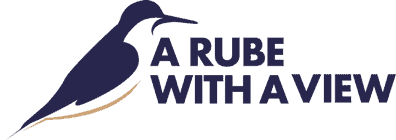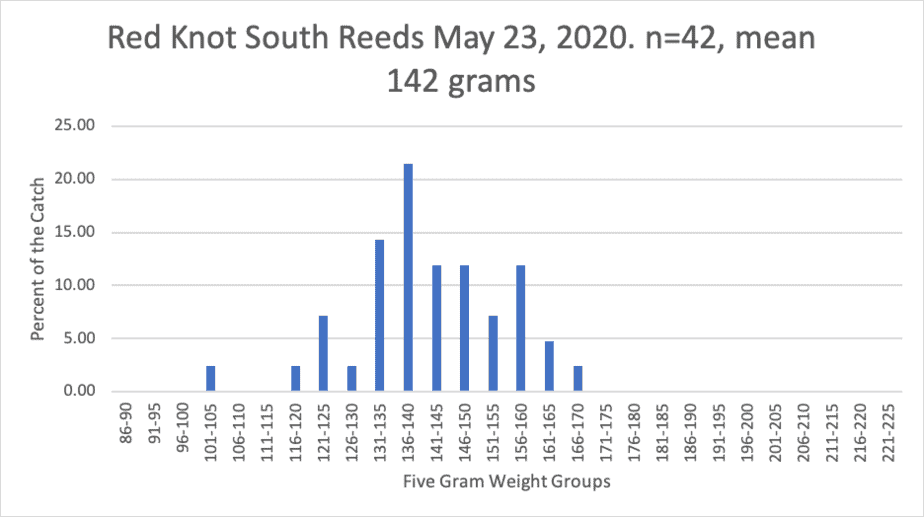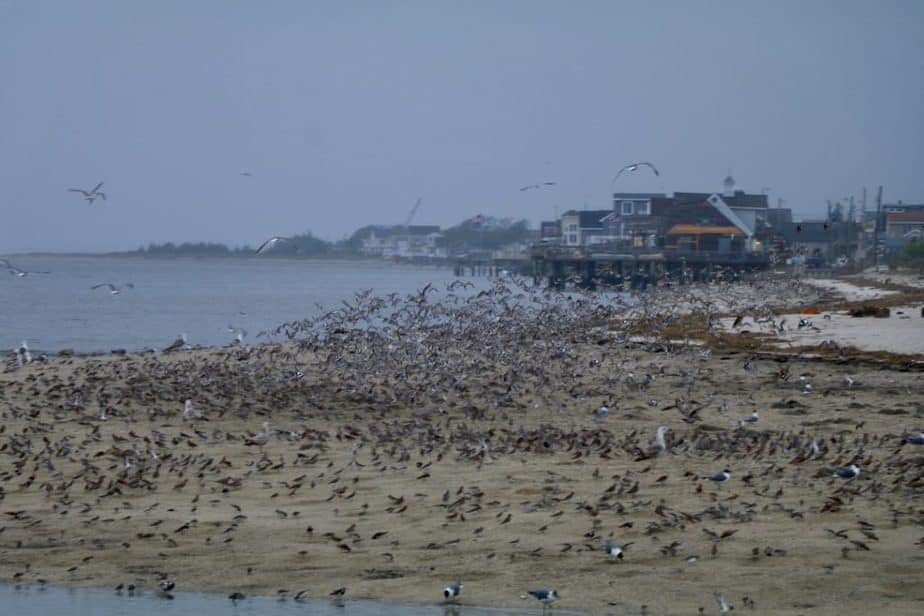Previous Post
Water temperature slows crab spawn on Delaware Bay, more red knots arrive
Cold weather and persistent northeast winds have hobbled horseshoe crab spawning so far this year. With few places to choose from, shorebirds wonder the bay in search of pockets of dense eggs. Generally, at this time in May, most red knots in our flyway would be in the bay, getting fat on crab eggs some within a few days of lifting off for the Arctic. But yesterday we found fewer than 5000 knots on the bay or less than 1/5 of the birds here by this date in previous years.
In our baywide count done today, however, we took to boats to search inaccessible areas, as well as those included in our regular ground count. Stephanie, Alindi, and Pete Galetto found 17,000 knots on the Bayshore from Maurice River to Bidwells Creeks. Did these birds escape detection from ground surveyors working on Moore’s beach and Thompson’s beach, or did they just arrived in the last few nights?
Prevailing Northeasteries
Both explanations are plausible, but the latter fits better. For the last week and a half, the wind always blew from the north, potentially blocking the birds trying to migrate north. For the first time, the wind blew southerly winds two nights ago, potentially allowing birds to migrate north, possibly explaining the newly found knots.

Wind direction on Delaware Bay during the last week. The prevailing NE winds opposes the northward migration of birds into Delaware Bay. South came on only one day May 22
We will trap tomorrow, and if successful, we can learn something from the distribution of the birds’ weights we catch. So far this season, we have made three red knot catches since we began this season, and the weights indicated one group arriving early and slowly gaining weight. The mean weight of 142 compares poorly with averages at the same dates, usually at about 155 grams.
This brings focus to the bird’s problem, a widespread lack of eggs when they need them the most. Katie, Mike, and Theo have been counting eggs on the NJ Bayshore this month. In the last two weeks, they have found very little, the average number coming in far less than previous years counts during the comparable week. Whereas in previous years egg densities on the surface average about 5000 eggs/ square meter, the same value this year is only 80 eggs/ square meter.
Egg densities on NJ side of Delaware Bay 2015 to 2020.
| Year | 2015 | 2016 | 2017 | 2018 | 2019 | 2020 |
| 2nd week of May | 4839 | 4899 | 215 | 502 | 2722 | 43 |
| 3rd week of May | 9102 | 1022 | 323 | 7617 | 5200 | 80 |
| 4th week of May | 7226 | 10856 | 1862 | 15053 | 6498 |
Coldwater has stopped many crabs from spawning, but that may have changed in the last few days. Water temperatures have inched upward gradually, hovering around the threshold temperature to elicit spawning. Still, only exceptional areas support dense breeding, like Moores Beach creek and shoal. But what will happen over the next week will be hard to predict. Temperatures stay relatively low for the next few days, and will probably climb a bit over the following days, with lows in the high 50’s and highs in the low 70’s, a tad chilly but suitable for crab breeding.
The next week will prove interesting. Crabs might spawn in great numbers, and the capacity for shorebirds to gain weight will quickly click into play. We have recaptured red knots in the same year, some gaining up to 15 gram/day, the equivalent of a 170-pound human intentionally gaining 20 lbs /day.
Or some will, but most won’t. Dismal departure weights plagued the knot and other shorebird species after the overharvest of horseshoe crabs in the ’90s in the subsequent shorebird population collapse of the ’00s. Birds left the bay at weights insufficient to fuel the arduous flight to the Arctic breeding areas or subsidize egg-laying and early incubation. Adults died or failed to breed, and numbers fell, especially for the knots flying to winter in South America.
The answer will be clear in a week.



